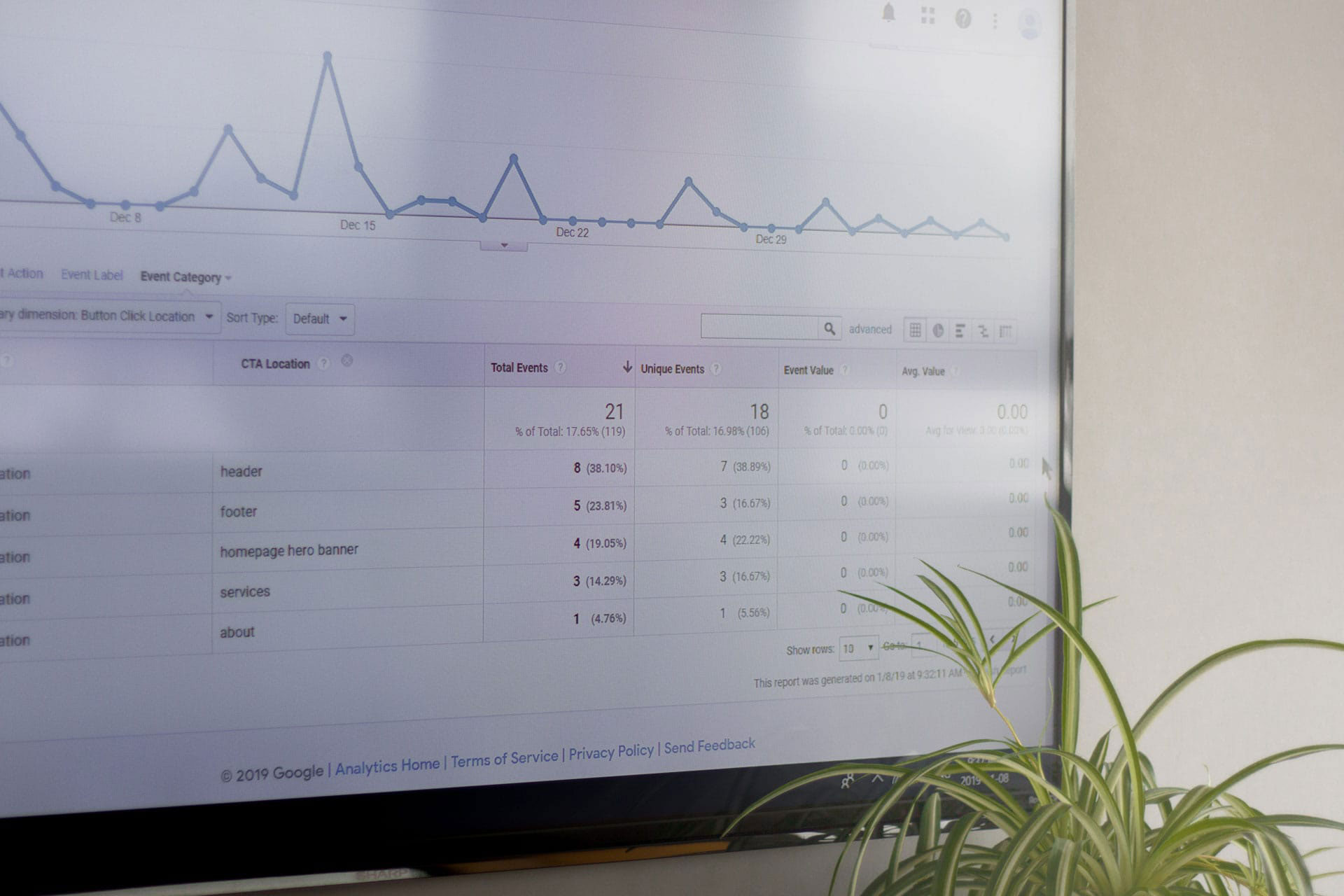In this article I will explain how you can make design/layout/content changes on your site by knowing how your users are actually using your website, rather than by guesswork.
The Situation
You launched your website a few months ago and are now ready to make some updates to achieve an existing or new business goal, and feel it will require some reshuffling of the content and layout. It is an important new feature and requires a CTA (Call to Action) button to send potential customers to an online form for lead generation.
For the sake of this example, let’s say you want to offer a demo of a new product to potential customers in order to generate more leads. The CTA button for this feature will be sending the leads to a “Request a Demo” form.
The Problem
This new feature, “Request a Demo”, is an important one and naturally you want it to be visible on many pages and areas of the website to gain as much traction as possible. However, you already have an equally important CTA button in place for contacting the company, “Contact Us”, where this new CTA could be. This creates a user interface conundrum for you, and brings up the following questions:
- Where do you put the “Request a Demo” CTA?
- Should you replace the “Contact Us” CTA with the new “Request a Demo” one?
- How can you make sure you’re making the right call?
- How can you know you are making the right decision when you are replacing what was thought to be a great idea at the time?
We can agree that you can do some homework and make some educated guesses. Perhaps you can see how many leads stemmed from this “Contact Us” form, coupled with some analytical information that helps knowing the form’s hit count and which pages on your website generated the visit for the form. But the problem is – how will you know which specific button triggered these leads?
-
- Was it the “Contact Us” link in the main menu?
<li”>Perhaps it was the one in the footer?
<li”>You also have it on your homepage on your main hero banner, so maybe it is coming from there?
No matter how much you look at it, unless you know for sure, you will be guessing and this can be a problem if you are replacing the one CTA that generates the majority of your leads.
The Solution
Knowing for sure requires some planning and work that is implemented on your website before its launch or at least a few weeks before making the change in order to generate a good enough sample.
In Google Analytics, there’s a feature called Custom Dimensions that helps you track custom information from your website. For our example, let’s call it “CTA Location”, that refers to where the button that was clicked on is located on the referred page. Now on the website, when a user clicks on a CTA button, we programmatically set the location of this button, which based on our example could be: ‘header’, ‘footer’ or ‘homepage hero banner’. This location is set to the Custom Dimension when the CTA is clicked on and is sent to Google Analytics along with all of the other information that it tracks.

Now when you consult your views/goals on Google Analytics, you can set the second dimension to your CTA Location that we previously created, and now you have an extra dimension letting you know exactly how many leads each CTA button generated. This means that you can replace one of the buttons with absolute confidence knowing that is it generating little or no leads compared to the others.
The Conclusion
Making changes on your website can have huge impacts – both positive and negative. Having tangible evidence is imperative to making sound decisions, and tracking actual user behaviour is the best way to build up a good sample of data to confirm or disprove your initial instincts.
Tracking the location of CTA buttons is just one example of how useful Custom Dimensions in Google Analytics are. Next time you are launching a site or a new feature, make a list of what you would like to know of your user interactions with your site and get it tracked.
Did you find this article helpful?
Stay updated on the latest industry insights, how-to guides, and expert opinions by following our LinkedIn page. Don’t miss out on valuable content to help you stay ahead in your field.
